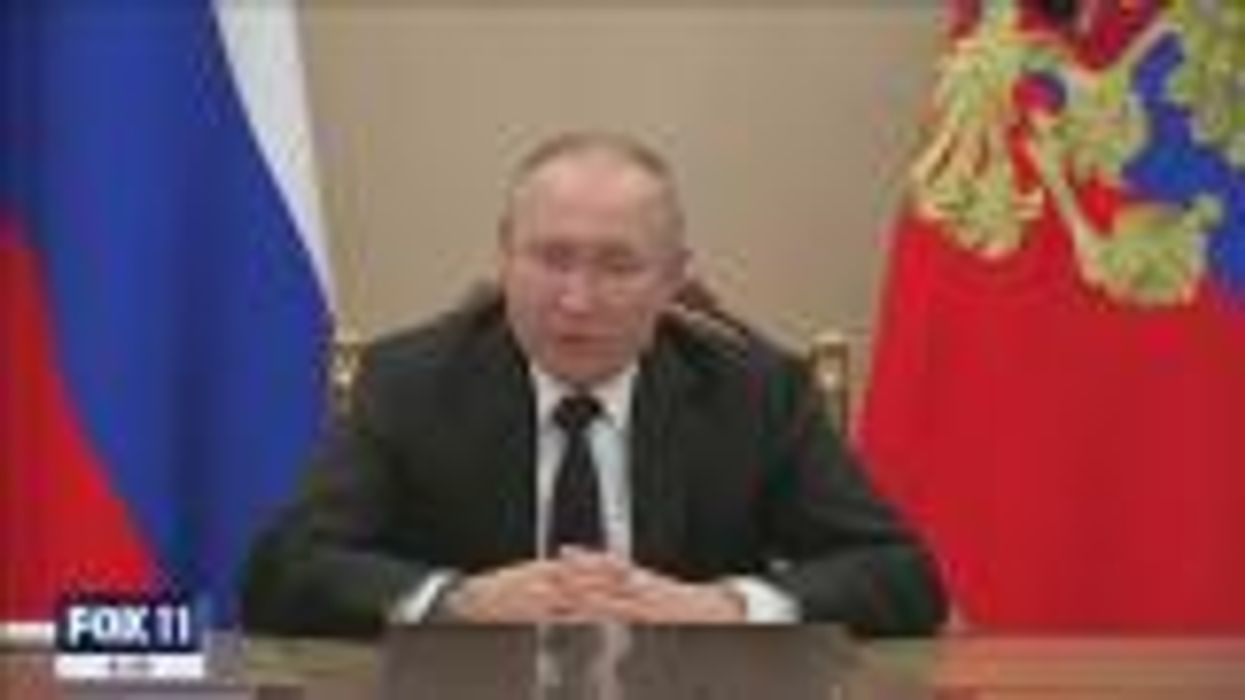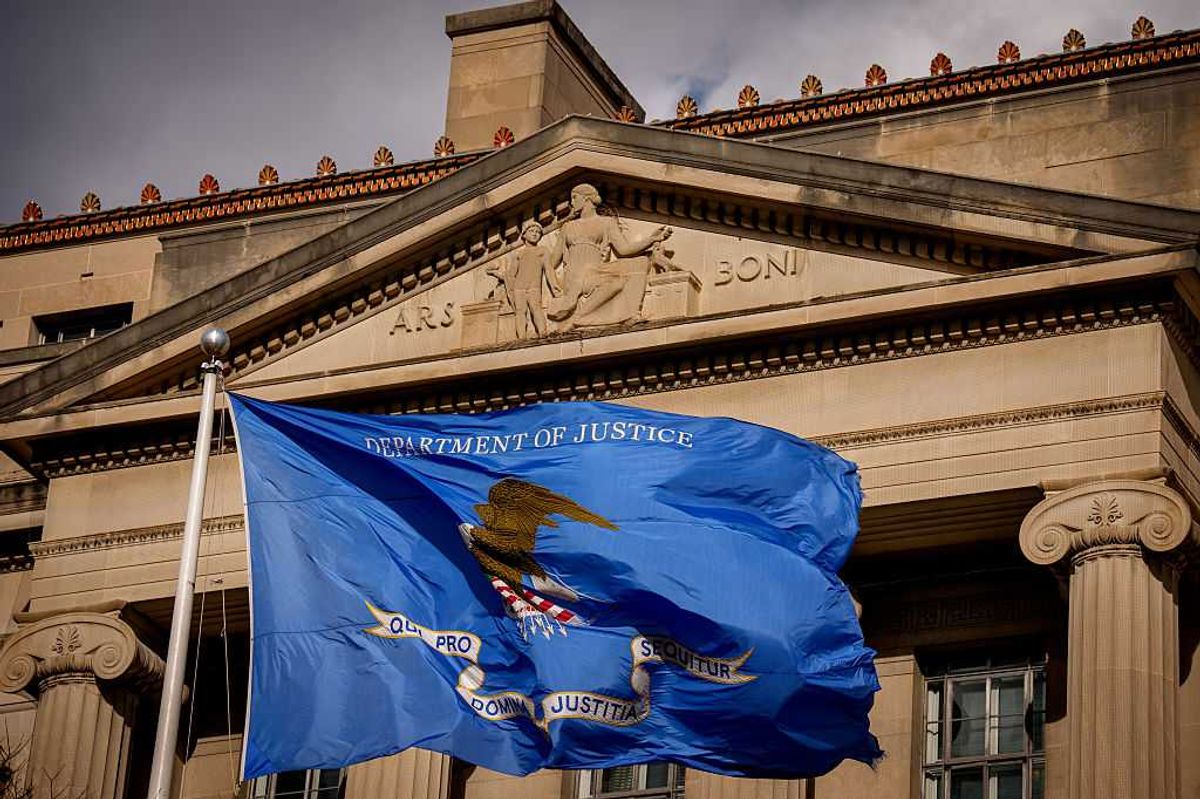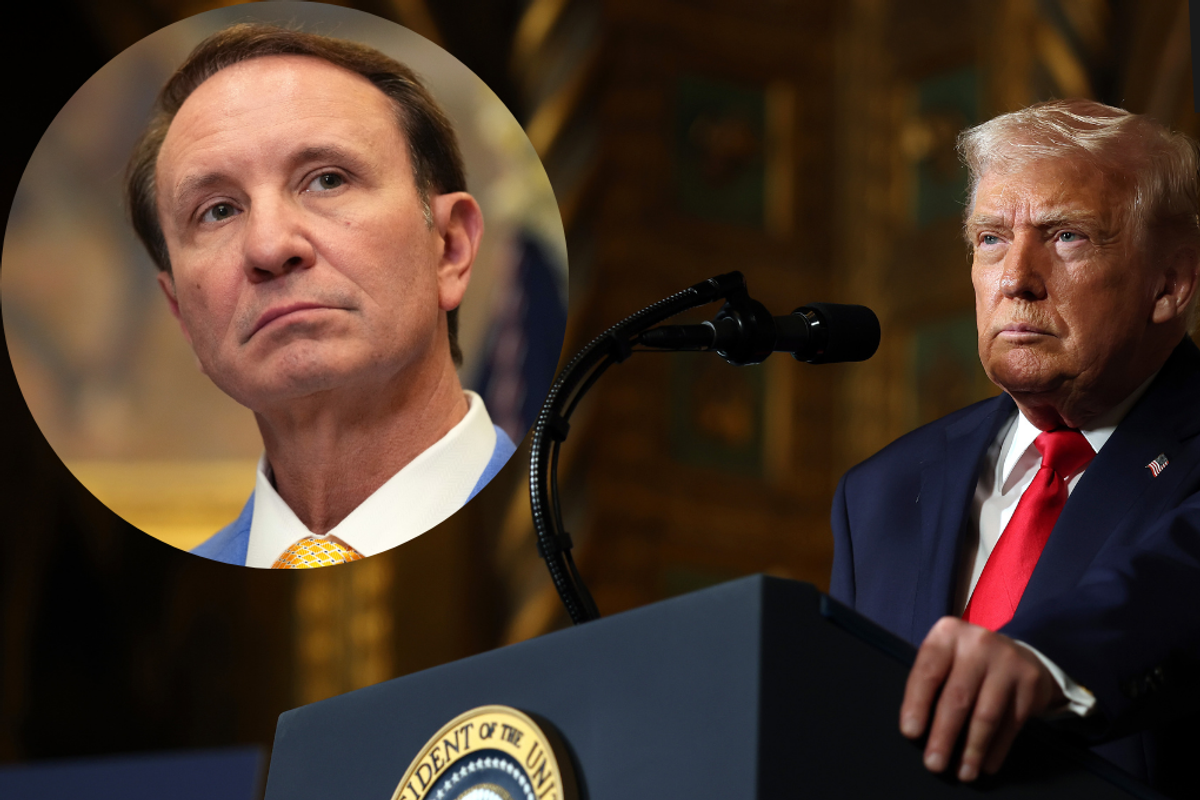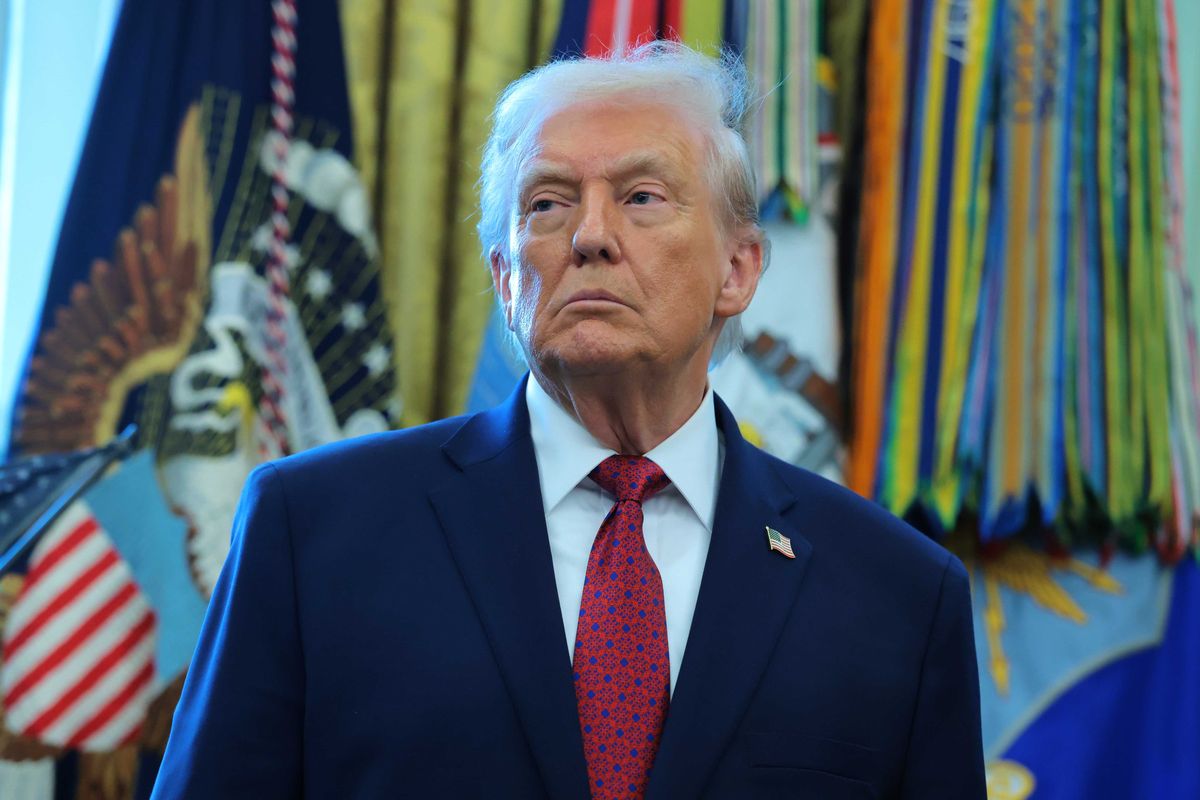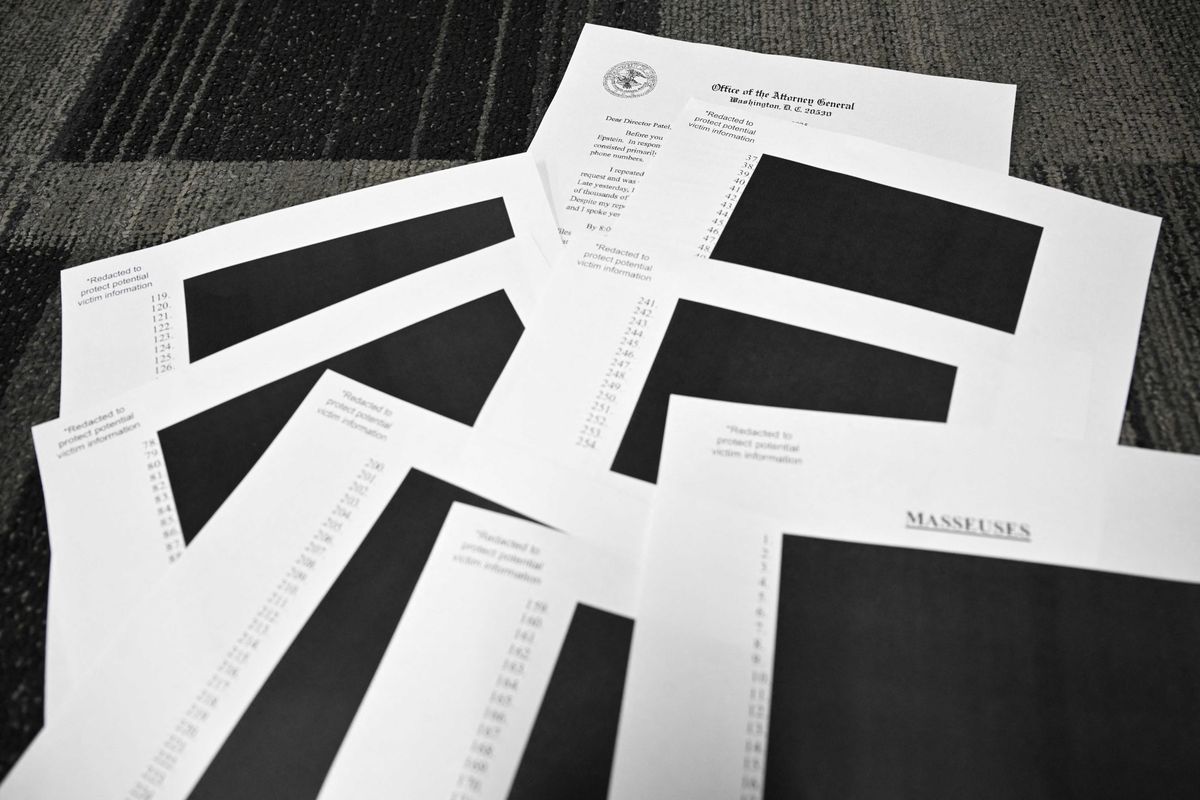Ariana Baio
Mar 06, 2022
Putin puts nuclear forces on high alert, escalating tensions
Video
Since Russian President Vladimir Putin invaded Ukraine last week, fears have been rising that it could all end in nuclear conflict.
Escalating violence in Ukraine coupled with increased sanctions on Russia, a nuclear power, have people worried Putin could retaliate in the worst possible way.
Last week, Putin said nuclear weapons in Moscow were placed on 'high alert' following the economic punishments from the West, and nobody dares to believe he's bluffing.
Fear surrounding a potential nuclear war has many wondering how they can prepare themselves, what to expect, and what nuclear war means. But the world has never experienced a catastrophic event like nuclear war, so we rely on history, science, and fictional adaptations to give us insight into this.
But before you start watching movies predicting nuclear apocalypse, you should know the truth behind the movies and what real-life science applies to them.
To better understand we asked RAND nuclear policy researcher, Dr. Edward Geist, to explain the accuracy of seven popular nuclear war movies.
Sign up for our new free Indy100 weekly newsletter
Threads (1984) - the film follows the life of a family after a fictional nuclear war between the UK and Soviet Union destroys most of the UK. Not only does the film focus on the direct aftermath of the nuclear war but it flashes forward one-year and then 10 years to show the environmental and biological impact nuclear weapons have had.
The Day After (1983)- tensions between the US and Soviet Union have escalated to a full-out nuclear war leaving residents of Kansas City, Missouri scrambling to prepare for the worst. Families are separated and survivors of the initial bombings are now facing long-term effects of radiation poisoning.
Fail Safe (1964)- set in the Cold War, the film explores the idea of accidental nuclear war. A technical glitch leads a group of American bombers to attack Moscow with nuclear bombs and the President is unable to contact the bombers to inform them of the mistake. Knowing the Soviets will retaliate with all forces, the President chooses to bomb New York to prevent an all-out nuclear war.
By Dawn's Early Light (1990) - the Soviet Union launches a ballistic missile at the US after falsely assuming the US has launched an attack. The President of the US is forced to make a decision whether to retaliate the accidental attack but is believed to be dead, leaving a new president in power who wants to continue the war.
Right at Your Door (2006)- the film follows a man’s survival following the detonation of ‘dirty bombs’ across Los Angeles. The police tell people to stay home to avoid toxins from the bombs as there is an unknown viral strain in the bomb. The man must figure out how to survive while protecting his wife who has been exposed to the toxins.
Testament (1983) - a sudden nuclear bomb attacks California, leaving citizens with no time to prepare. One family survives the attack but faces challenges in the days following including radiation poisoning.
The Divide (2011) - the movie follows eight apartment residents who hide in the building’s basement following a nuclear explosion. However, the group quickly realizes something more sinister is going on when scientists begin using them for experimentation.
Here's what Dr. Geist had to say.
How accurate are nuclear war films in general?
"The main thing to keep in mind when assessing the realism of portrayals of nuclear war is that there is a tremendous amount of uncertainty about what a real nuclear war would be like." Dr. Geist says. "The only real-world case we have to work from is the atomic bombings of Japan at the end of WWII, and we have good reason to doubt that nuclear weapons use in today’s environment would be similar.
So good news for those fear-watching nuclear war movies: we have no reason to believe these are accurate.
"There’s also the issue that these films are now decades old and some aspects of them that reflected the era they were made don’t accurately reflect the way things are done today. (The Day After and Testament were being made at the same time the original nuclear winter papers were being published, so it’s hardly surprising they don’t portray it.)"
Do any of these films predict the start of a nuclear war?
"Some of the uncertainty about what a nuclear war would be like comes down to political assumptions about how nuclear weapons would be employed and why." Dr. Geist says.
Films like Fail Safe and By Dawn's Early Light depict a nuclear war starting because political leaders have lost control of command or have made careless mistakes.
"All of these ideas make for exciting thriller plots, but I feel it would be a stretch to call them ‘realistic.’ That said, because we try so hard to prevent all of the ‘plausible/obvious’ ways we imagine a nuclear war starting, a real nuclear war might begin with some sort of ‘truth is stranger than fiction’ type of event."
Do any of these films accurately portray bombings?
"The models that we use to predict the effects of nuclear explosions (radiation, blast, heat, fallout, EMP, etc.) contain large uncertainties. The underlying phenomena are extremely complicated, and since atmospheric nuclear testing was banned decades ago we can’t validate the models rigorously. Even the seemingly straightforward effects of nuclear explosions turn out to be devilishly complicated when one digs into the details."
Each film takes a different approach to bombings in different locations, which Dr. Geist says, "the immediate impacts of different possible nuclear attacks would vary enormously depending on what was targeted in what way using what numbers of weapons."
In Right At Your Door, 'dirty bombs' are used in downtown Los Angeles to release radioactive material which Dr. Geist says would be highly unlikely.
"One would need a material radioactive enough to have meaningful lethality but also with a long enough half-life that one could accumulate an adequate amount of it to disperse. It’s also probably pretty difficult to get effective dispersion—most of the radioactive material might stay close to the detonation point, reducing hazards further away. As a consequence, the technical consensus is that while a “dirty bomb” might be a very effective way of sowing mass panic, the physical threat it would pose would probably be fairly limited."
Do any movies capture the fallout of nuclear war correctly?
"The Day After, Threads, and Testament are all famous for their portrayals of these, particularly fallout effects and their portrayal of radiation poisoning." Dr. Geist says. "The portrayal of people sheltering from fallout in The Day After and Threads is actually pretty plausible."
In The Day After, citizens who survive the initial nuclear attack experience radiation poisoning which is untreatable, slow, and painful. Similarly in Testament, nuclear fallout causes much of the population to suffer the effects of radiation poisoning - children die and older people rapidly develop dementia.
Threads depicts what the world looks like one year and 10 years after a nuclear war. Similarly, the film imagines people die quickly and are unable to reproduce leading to a sharp decline in population. In The Divide, people experiencing radiation poisoning lose their hair.
"These are an area of continuing scientific uncertainty—it is unclear what the lethal radiation dose is for an average human—but the portrayal of fallout in these films is respectably accurate by Hollywood standards."
What about nuclear winter?
"Nuclear winter, meanwhile, is still controversial—there’s a lively scientific back-and-forth in the recent literature about it. The premise is that nuclear explosions will create fires that might transport smoke into the upper atmosphere where there isn’t weather and that this smoke would then remain in the stratosphere for years, blocking sunlight from reaching the Earth’s surface. There’s no disagreement that lots of black smoke in the upper atmosphere would cause a big cooling effect. The debate is about whether plausible nuclear wars would result in small or large amounts of this smoke getting trapped in the upper atmosphere."
This is a point made in the movie Threads which assumes nuclear fallout has created a hole in the ozone layer, making the sun extremely dangerous when it re-emerges from a nuclear winter.
However, Dr. Geist says, "Scientific reassessment found that the hazards that ozone depletion and associated increase in UV exposure would cause in a post-nuclear environment were probably exaggerated by alarmist early-80s accounts."
"Personally, I am agnostic: it’s clear to me that some nuclear attacks on certain targets can create a firestorm that will probably send significant amounts of smoke directly into the stratosphere.
So the truth is, we have no idea what a nuclear war would look like. Sure movies can explore the idea of nuclear war but they also have a duty to overdramatize the outcome for entertainment purposes.
Have your say in our news democracy. Click the upvote icon at the top of the page to help raise this article through the indy100 rankings.
Top 100
The Conversation (0)
